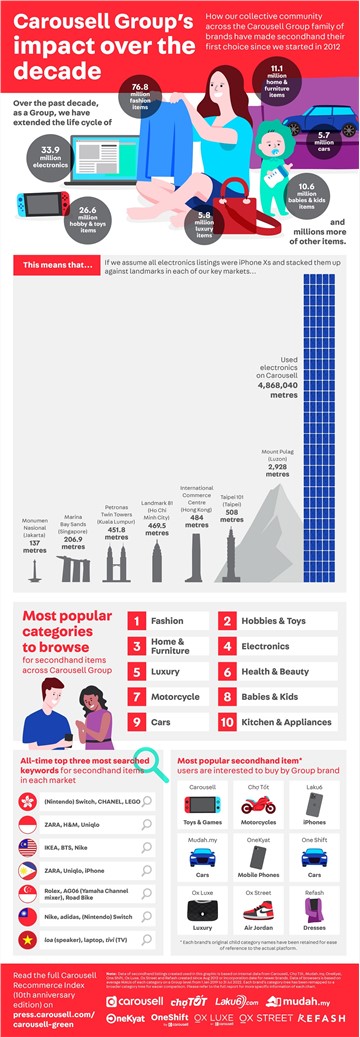This year's forecast rides on the momentum of a 7.7-percent growth in the first three quarters buoyed by the recovery of incomes and jobs, among others, said the report Philippine Economic Update.
"The Philippine economy has remained resilient despite a challenging external environment," said the report.
In September, the World Bank forecasted a 6.5 percent GDP growth this year in the Southeast Asian country.
However, the report said the country's immediate domestic challenge is high domestic inflation, averaging 5.4 percent in the last 10 months and reaching 7.7 percent in October.
Inflationary pressure comes from multiple fronts, including elevated global commodity and energy prices, disruptions in the international supply chains and logistics, depreciation of its currency peso, and domestic supply constraints due to low farm productivity and recent floods and typhoons.
"High inflation tends to inflict the greatest harm on low-income households where inflation often outpaces wage growth which these households rely on," World Bank's senior economist Ralph van Doorn said in an online briefing.
For 2023, the World Bank revised the Philippines' GDP forecast to 5.7 percent from 5.8 percent on the premise of reduced consumer demand, high inflation, and high interest rates expected to temper household spending and investments.
Also, as global growth is expected to decelerate next year, the report said external demand from advanced economies which are key buyers of the Philippines' merchandise exports will be subdued.
Ndiamé Diop, World Bank country director for Brunei, Malaysia, the Philippines and Thailand, stressed the need to sustain the country's investments in health and education to reduce vulnerabilities from the scarring impact of the COVID-19 pandemic, especially among the poor and most vulnerable.
Over the medium term, the report said addressing the weaknesses in the agricultural sector will strengthen food security in the country. Agriculture comprised less than 10 percent of the country's gross domestic product, and the sector's contribution to growth has been minimal during the past years. However, it employs over 22 percent of the labor force and domestic food production influences trends in inflation.
According to the report, increasing agricultural productivity will help ensure food security and boost inclusive growth. To this end, efficient use of public funds for public investments will help address structural constraints, including value chain weaknesses and poor business climate for the agri-food system.




















Latest comments